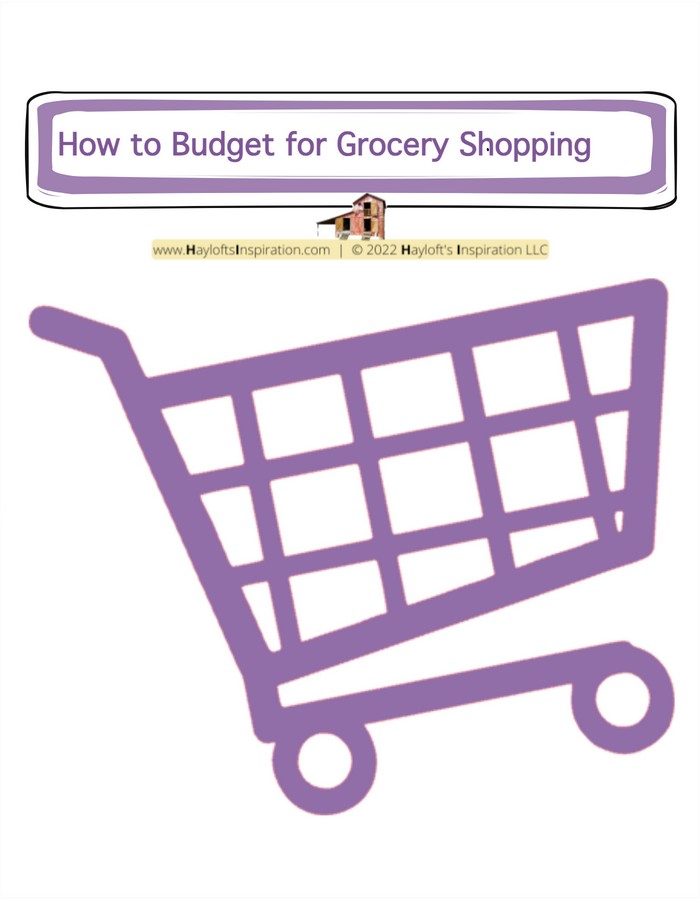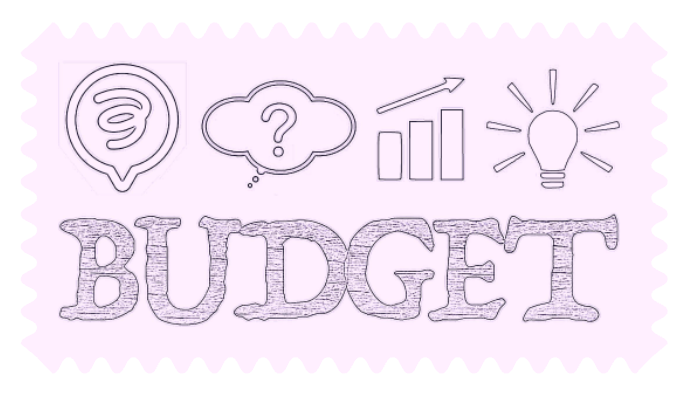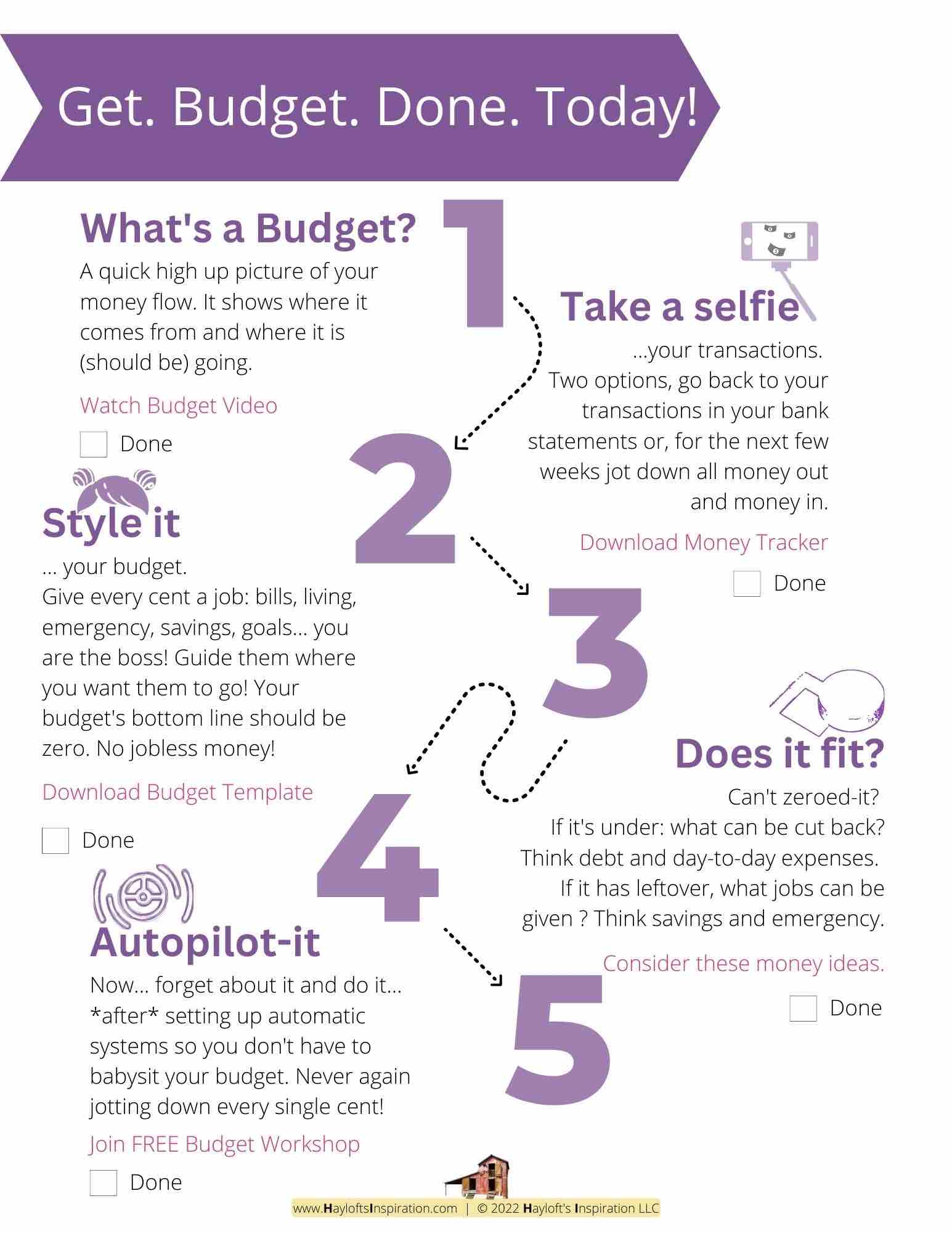Having a Meal Plan has many benefits

.
.
Grocery shopping can sometimes feel like an overwhelming task, especially when you’re trying to stick to a budget. However, with a few strategic techniques, you can master the art of grocery budgeting and keep your expenses in check.
In this post, we’ll explore seven essential tips for grocery budgeting, offer a real-life story to illustrate the impact of sticking to a plan, and provide a visual comparison to highlight the benefits of mindful shopping.
.
1. Plan Your Meals
Planning your meals for the week is a game-changer when it comes to grocery budgeting. By creating a weekly meal plan, you can make informed decisions about what to buy and avoid impulse purchases that can quickly add up. Here’s how to get started:
Create a Menu:
Decide what meals you want to prepare for the week. Consider breakfast, lunch, dinner, and snacks.
Check Your Pantry:
Before planning, see what ingredients you already have at home. This helps you avoid buying items you don’t need.
Balance Your Meals:
Aim for a mix of proteins, vegetables, and carbohydrates to ensure balanced nutrition and avoid food waste.
Example:
If you plan to cook chicken stir-fry, make sure to include the necessary ingredients like chicken breast, vegetables, and sauce in your shopping list.
Benefits:
Meal planning not only helps in budgeting but also reduces stress during the week, knowing that you have a plan in place.
.
2. Make a Shopping List
Shopping with a list is a crucial step in staying focused and avoiding unnecessary purchases. Here’s how to make the most of your shopping list:
List Based on Meal Plan:
Write down all the items you need based on your weekly meal plan.
Categorize:
Organize your list by store sections (e.g., produce, dairy, meat) to make shopping more efficient.
Stick to the List:
Avoid adding items that aren’t on your list to keep your budget in check.
Example:
If your list includes items like bread, eggs, and apples, resist the temptation to pick up extras like snacks or beverages not included in your plan.
Benefits:
A well-planned shopping list helps in managing your grocery expenses and minimizes the chances of buying items on impulse.
.

.
3. Buy in Bulk
Purchasing non-perishable items in bulk can be a smart financial move. Here’s how to determine what to buy in bulk and how to do it wisely:
Identify Non-Perishables:
Items like rice, pasta, canned goods, and paper products are good candidates for bulk buying.
Compare Unit Prices:
Check the unit price to ensure buying in bulk is actually saving you money.
Storage:
Make sure you have adequate storage space for bulk items to avoid spoilage.
Example:
Buying a large bag of rice might be more economical than purchasing smaller bags each week.
Benefits:
Bulk buying can lead to significant savings over time, especially for items you use regularly.
.
4. Shop Sales and Use Coupons
Taking advantage of sales and coupons can greatly reduce your grocery bill. Here’s how to maximize these savings:
Plan Around Sales:
Check store flyers and online ads to see what’s on sale and plan your meals around these deals.
Use Coupons:
Clip or download coupons for items you buy regularly. Many grocery stores also have digital coupons that can be used at checkout.
Combine Savings:
Use coupons in conjunction with sales for maximum savings.
Example:
If ground beef is on sale, and you have a coupon for it, you can save significantly on your meal preparation for the week.
Benefits:
Sales and coupons can help you save a substantial amount of money, especially when combined with strategic planning.
.

.
5. Stick to the Perimeter
Most grocery stores are designed with processed and packaged foods in the center aisles and fresh, whole foods around the perimeter. Here’s how sticking to the perimeter can help:
Whole Foods:
Focus on the outer aisles where you’ll find fresh produce, dairy, and meats.
Avoid Processed Foods:
Processed foods are often more expensive and less healthy.
Example:
Shop for fresh vegetables, fruits, and proteins around the store’s perimeter, while avoiding the center aisles where you might encounter more processed snacks and sugary products.
Benefits:
Shopping the perimeter not only helps in maintaining a healthier diet but also avoids many high-cost processed items.
.
6. Limit Processed Foods
Processed foods can be more expensive and less nutritious compared to whole foods. Here’s how to limit your intake:
Check Ingredients:
Read labels and avoid items with excessive additives and preservatives.
Choose Whole Foods:
Opt for fresh fruits, vegetables, and whole grains over processed alternatives.
Example:
Instead of buying pre-packaged snacks, choose whole fruits or make your own snacks at home.
Benefits:
Reducing processed food consumption helps in both cost savings and improving overall health.
.
7. Set a Grocery Budget
Setting a budget for your groceries is crucial for managing your overall finances. Here’s how to create and stick to a grocery budget:
Determine Monthly Budget:
Analyze your income and expenses to decide how much you can allocate for groceries each month.
Track Your Spending:
Use budgeting apps or a simple spreadsheet to track your grocery expenses.
Adjust as Needed:
If you find you’re consistently over budget, adjust your spending or meal planning to stay within limits.
Example:
If your monthly grocery budget is $400, track your weekly spending to ensure you stay on track.
Benefits:
A grocery budget helps in controlling spending and allows for better financial planning.
.

.
In summary…
Having a Meal Plan has many benefits, including both financial and health. But the match of a Meal Plan with a Family Budget is the ideal combo! Are you over buying? You may be under buying! You will not know until you have your finances big picture: you customized Budget.
.
Your takeaway…
Implementing these budgeting strategies can lead to significant savings and help you maintain a healthier diet. But implementing these along with a budget can lead to significant peace of mind when planning on what to feed daily to your kids, spouse & yourself, of course.
.
Now your turn. Share in the comments…
Have you ever rely on a Meal Plan? If so, was the plan weekly, bi-weekly, or monthly?
I started with a weekly Meal Plan, and slowly upped it to a whole month.
The results? My family complains less with the weekly Meal Plan. Go figure!
.
.

.
.




+ View comments
+ Leave a comment